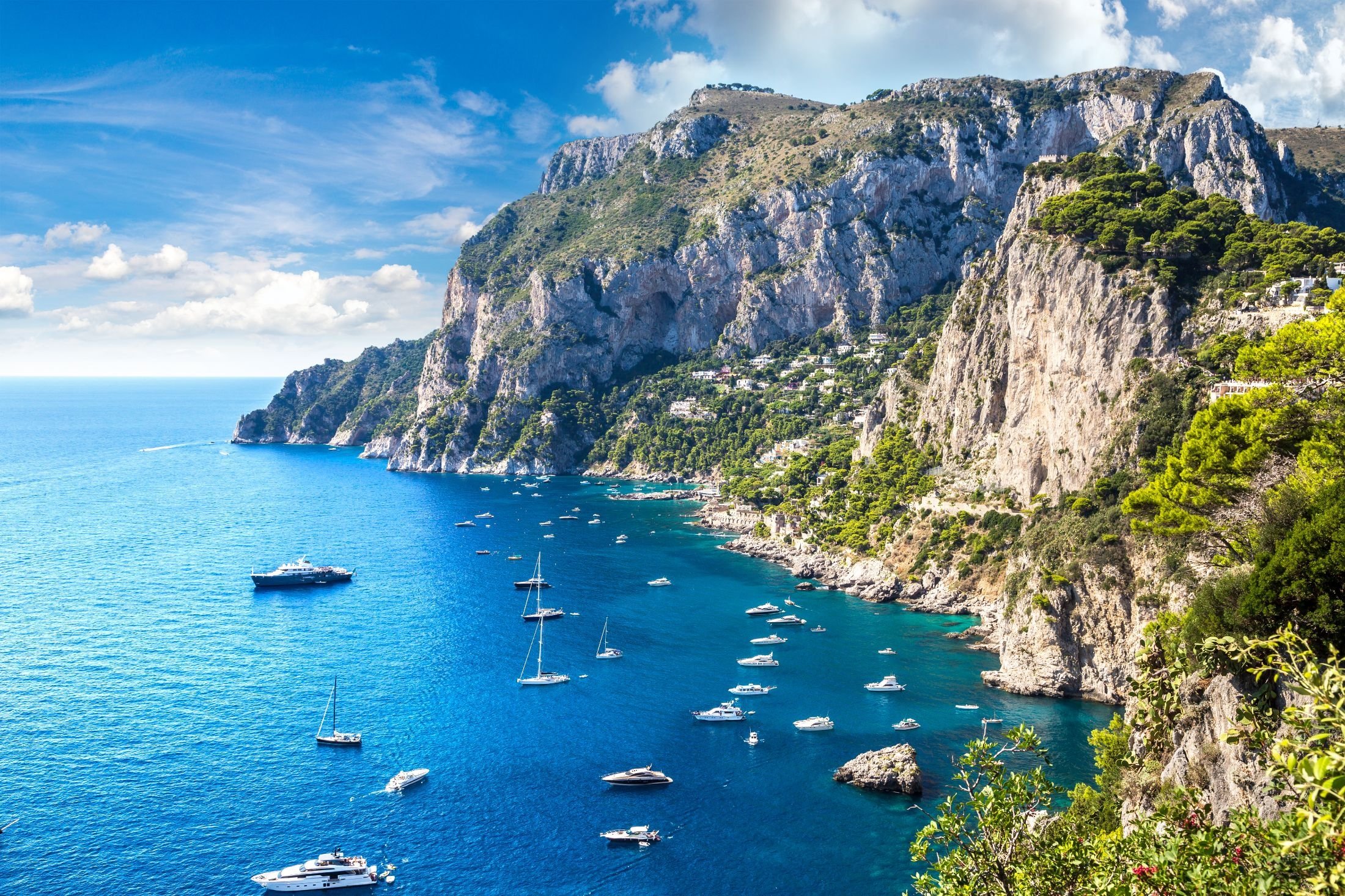Exploring the Best of the England’s Lake District: Storrs Hall, Windermere, and Wild Moments in Between
Some weekends aren’t meant to be filled with plans. They’re meant to be an answer to something else. A much needed antidote to inboxes and concrete commutes. Time to indulge in the nature and serenity that we sometimes we forget we need. Yes, we need the countryside. Woodsmoke. A proper breeze. Space to walk, breathe, and recalibrate. Add water to the mix and you’ve got something near medicinal.

The England’s Lake District has long known this truth. For centuries, poets and philosophers have turned to these lakes for perspective and pause. Now it's our turn. England’s largest national park offers sixteen major lakes, undulating fells, and stone-built villages that seem to have aged in slow motion. Windermere is the best known of them all—England’s longest lake and arguably its most storied. And perched along its shore, you’ll find one of the region’s most elegant stays: Storrs Hall.

Built in the 1790s, this Georgian mansion began as a private home for the well-to-do and still carries that refined sense of escape. The kind of place that feels both grand and personal. Think stone portico entrances, original bay windows, and grounds that stretch straight down to the water.

Storrs Hall is the perfect retreat to come and go from. Mornings begin with mist curling over the lake, best savored from the stone terrace or your own private window seat. The house itself rises quietly behind you—a stately English manor clad in ivy, its façade marked by subtle wear exuding the kind of restrained dignity you expect from an old country estate. But step inside, and the story deepens.

The interiors evoke the impression of a grand estate belonging to a distant, impeccably wealthy relative—an atmosphere at once comfortably lived-in and quietly refined. Antique chests and cabinets stand alongside oil portraits of stern ancestors gaze down from richly paneled walls. Plush velvet sofas invite you to sink in beside the low-burning fireplaces, which add just the right warmth without ceremony.

The library, lined with leather-bound volumes and a few well-thumbed classics, doubles as a refuge for reading or late-night conversation, the whisky trays encouraging spirited debates without any hint of stuffiness. The lighting is soft and deliberate, highlighting aged oak beams and subtly patterned rugs that cushion the polished wooden floors.

Rooms in the main house carry the hallmarks of period charm—gently uneven floors that speak to the building’s age, deep, wide windowsills perfect for settling into with a book, and expansive views across the lake framed by heavy drapes that can be drawn back to reveal shifting light and colour. The interiors balance old-world character with thoughtful modern touches: discreetly updated en suites, luxurious linens, and fine craftsmanship throughout.

By contrast, the lakeside pavilion suites open onto a different world of indulgence. Here, clean architectural lines meet floor-to-ceiling glass, offering uninterrupted views of the water and hills beyond. Freestanding tubs invite languid soaks, their placement carefully chosen so you can watch the lake while immersed in warmth. Outside, private patios feature firepits that burn steadily into the night, making these suites feel like a private sanctuary—at once intimate and expansive—where contemporary luxury softens the edges of classic grandeur.

Dinner here is worth lingering for. The dining room balances fine service with unpretentious comfort. You might start with smoked trout and end with a dark chocolate tart, but the ingredients are the real draw—local, seasonal, and treated with care. On warmer nights, a G&T on the terrace is practically a ritual.

The grounds of Storrs Hall extend over vast lawns, easily the size of a cricket field, inviting a morning walk along the lake’s edge.A path winds past wildflowers that scatter color beneath centuries-old trees, leading you gently toward the pier where the water laps quietly against weathered wood.Along the shoreline, benches are thoughtfully placed—each one a small invitation to pause, breathe, and let the sun’s warmth settle on your face.A wrought-iron gazebo stands tucked beneath tall trees, offering shade and stillness, a perfect spot to watch the light shift over the water.

At the end of a stone causeway, the Temple of Naval Heroes—also known as Storrs Temple—stands as a tribute to four British admirals: Howe, Duncan, St. Vincent, and Nelson.Built in 1804 by Sir John Legard, the temple is an octagonal stone structure with four arched openings and commemorative tablets honoring these naval figures.The temple was designed as a gazebo or belvedere, providing a vantage point for guests to enjoy the lake's beauty.Today, it remains a Grade II* listed building, reflecting the estate's rich history and the owner's admiration for naval achievements.

Just steps from Storrs Hall, a network of inviting trails unfolds, offering hikers a rich tapestry of sights and sensations. The walk begins beneath a green canopy of oak, birch, and Scots pine, their leaves releasing a damp, earthy sweetness into the cool Cumbrian air. You’ll follow worn paths lined with bracken and foxglove, brushing past dry-stone walls that once marked old farming boundaries. Occasionally, the trail opens beside quiet ponds where fly fishers stand in elegant silence, casting into the glassy water for trout to take home for supper.

One such route meanders through Ghyll Head Fell, where the path weaves past ancient boundary walls and open pastures dotted with grazing sheep and cattle. The terrain shifts from firm ground to uneven, marshy stretches, demanding attentive footing. As you ascend, the climb culminates in sweeping vistas over Windermere, its surface glinting in the light and framed by the soft silhouettes of distant fells. These hikes near Storrs Hall not only invigorate the body but immerse you fully in the textured, sensory richness of the Lake District, making each step feel both grounded and quietly remarkable.

There are plenty of ways to explore the lake during your stay. One excellent option is to the lake with Windermere Lake Cruises and let the scenery unfold. Lakeside mansions, wooded islands, paddleboarders, and wild swimmers mark the shore. But it’s the mountains that hold your attention: how they emerge and vanish behind the trees, as if teasing the eye with glimpses of something elusive.

Many of their vessels are historic steamers with polished wooden decks and elegant white hull invite guests to enjoy panoramic views of rolling hills, wooded islands, and stately homes along the shoreline, all accompanied by the gentle lilt of the water and a refreshing breeze.

Disembark at Ambleside, a town of quiet charm and slate-built beauty. The kind of place where local shops still matter and cafes serve strong coffee with homemade cakes. Follow the sound of running water and you’ll come to the Bridge House—a 17th-century structure that somehow balances above a stream on a single stone arch. Step inside for a photo. Step out into a high street that rewards lingering. And probably, a pint.

But if you want your blood to really move, then it’s time for a different kind of plunge. Ghyll scrambling with Path to Adventure isn’t just a day out—it’s a test of nerve, spirit, and joy. A ghyll is a mountain stream, and here, you don wetsuits and helmets and climb up it—against the current, through plunge pools, over moss-slicked boulders, and into swim-holds so cold your breath vanishes.

At one point there’s a six-metre drop. Our guide tells us he’s done it since he was a kid, but that doesn’t soothe everyone. Four peel off and take the longer walk around. The rest of us eye the edge, take a breath, and jump. For a split second you’re between fear and flight. Then the splash. Then the surface. And you’re laughing.

The Lake District offers a rare kind of reset—the kind that comes from being outside, moving through open landscapes, and feeling part of something older and steadier. The nearby towns are small but full of character, where locals are quick with directions, slower with conversation, and always ready to share what they know. And if you’re looking for more than just quiet—there’s real adrenaline here too. Ghyll scrambling through cold mountain streams, climbing rock faces slick with spray—it’s not for show, it’s for the thrill of it. Storrs Hall makes the ideal base to take it all in, offering a comforting atmosphere, generous meals, and the kind of rest only the countryside can provide.















